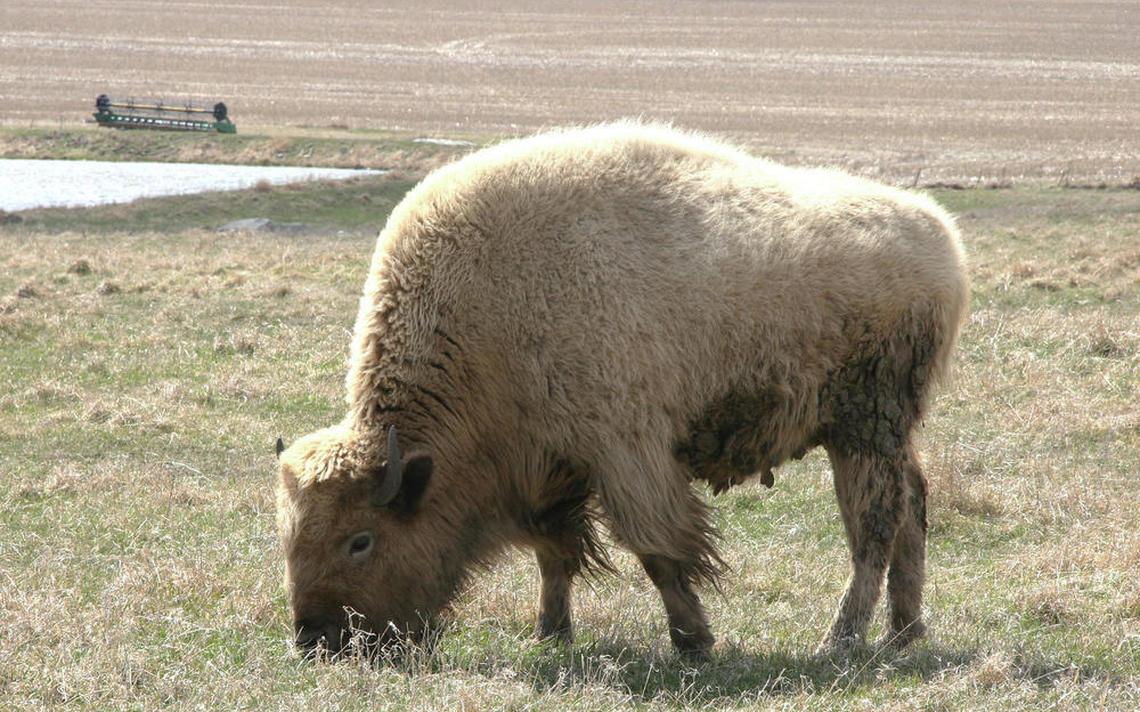
BRANTFORD – On September 25th-26th, 2013 Enbridge Pipelines conducted a full-scale exercise simulating a pipeline rupture, an oil breach scenario that would see around 4,400 barrels of sour crude oil leach into the Grand River.
The exercise involved Enbridge operators and contractors communicating in attempts to prevent catastrophic damages to local water facilities and infrastructure.
A City of Brantford news release related that the City will “observe the exercise only”. Brantford is to use the Enbridge training exercise as part of the city’s annual emergency response exercises.
Not mentioned in the news release was the distinct possibility that the pipeline, better known as Line 9, would be carrying a potentially dangerous tar sands product called diluted bitumen.
Diluted bitumen, also known as ‘dilbit’, is a sticky mess of Alberta tar sands bitumen, water, solvents and particulates. According to the Canadian Association of Petroleum Producers, [tweetable]dilbit is as “hard as a hockey puck” at 10 degrees Celsius. [/tweetable]
In order for the oil to flow through the Enbridge pipelines, the tar sands bitumen must be diluted with toxins such as benzene, a known carcinogen. During spills ‘dilbit’ reportedly sinks to the bottom of lakes and rivers. This is unlike sour crude oil, which floats and may be contained with floating booms.
When an [tweetable]Enbridge pipeline carrying dilbit burst on the Kalamazoo River[/tweetable] it contaminated not only the water, but also the air in the surrounding community. The breach was not detected for 15 hours after its rupture, and by that time, more than 800,000 gallons of dilbit had spilt into the river.
Three years later, the clean-up is still not complete.
In Brantford, an orchestrated “emergency response” press conference was held by Enbridge on September 25, 2013 in the Hampton Inn Hotel at 10:00 am. This provided the media and participants with the kind of information that would be made available in a real-life situation.
Documents released at the press conference included a Material Safety Data Sheet (MSDS) for “Crude Oil – Sour”, however, the product composition notes showed materials associated with diluted bitumen, such as Hexane, Benzene, Toluene, Hydrogen Sulfide and Xylenes.
An Encana MSDS for Crude Oil (Sour), shows only Benzene and Hydrogen Sulfide, and in significantly lesser amounts than shown on Enbridge’s so-called MSDS for the same product.
Additionally the MSDS from the U.S. Department of State for “Dilbit”, filed under the Keystone XL sub-domain, describes its hazards as harmful, fatal, cancerous and irritating.
Inhalation of dilbit fumes at certain concentrations are reported to cause respiratory paralysis, collapse and death. The components shown on the State Dept MSDS not only exactly match the so-called Enbridge “Crude Oil” MSDS, but also almost completely match the order of their presentation.
Just prior to the press conference, Sun Media reporter Micheal-Allan Marion, and a Brant News reporter, entered the conference hall appearing frustrated, Marion then complained to an Enbridge official that he was refused entrance at the spill zone, where he apparently had a pre-arranged meeting with Brantford’s Mayor.
Ironically, one week before the Sun Media/Chris Friel meeting apparently fell through, Sun Media and Brant News were granted exclusive access to a public City Hall meeting with the Mayor of Brantford, the City Solicitor and the City CFO.
Ongoing attempts to cover critical stories such as this have been met with unfriendliness and closed doors as the City of Brantford council curtailed media access to City Hall public meetings and open forums to a reporter for the Two Row Times.
On Sept. 18, 2013 the Two Row Times sent a letter to the Mayor’s office requesting an explanation for our expulsion from City Hall and the exclusion of a Two Row Times reporter from the city council meeting on September 17. Brantford’s response is still pending.
A lack of democracy and doors locked to public forums or public officials harms our societies both as hosts and as guests. How can our guests fulfill their duty to consult with Onkwehon:we nations when reporters for Onkwehon:we media are denied access to the supposedly open and democratic processes of non-native governance structures.
Mutual respect and understanding are out of reach when doors are closed and reporters are denied the freedom to investigate the public interest.
Photos and Video courtesy of
the East Ward and Echo Place Neighborhood Association
fb.com/EastWardEchoPlaceNeighbourhoodAssociation
Updates: Communication received by Brant County from the Six Nation Elected Band Council regarding the Enbridge pipelines on the Grand River.








Comments are closed.